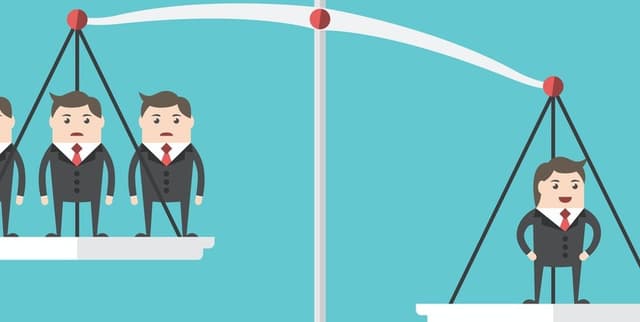Historical Global Economic Inequality Data
Data Science and Analytics
Tags and Keywords
Trusted By




"No reviews yet"
Free
About
Explaining data concerning global economic disparities, this resource highlights the immense significance of birthplace in determining an individual's overall living conditions, wealth, and educational prospects. The data emphasizes that being born into a productive, industrialized economy is a factor that overrides personal effort or knowledge in establishing wealth. The analysis captures the vast global income inequality, showing that the poorer half of the world population—approximately four billion people—lives on under $6.70 per day.
Columns
- Entity: Represents the country or specific geographical area being monitored. The dataset includes 178 unique entities.
- Code: The corresponding code identifier for the entity.
- Year: The temporal marker for the reported economic metric, ranging from the mid-19th century to the late 2010s.
- GDP per capita: The primary metric detailing economic output adjusted per person.
- 145446-annotations: An auxiliary column containing mostly missing values, occasionally noting groupings such as "United States, Canada, Australia and New Zealand."
Distribution
The data is available in CSV format, specifically the
gdp-per-capita.csv file. The file structure consists of five columns and contains approximately 19.9 thousand records in total. The temporal scope spans 1866 as the earliest entry up to 2018 as the most recent entry.Usage
This dataset is ideally suited for tasks that involve comparing and analyzing economic inequality trends. It is particularly valuable for research focused on measuring disparities across continents and evaluating changes in wealth distribution over extended time periods.
Coverage
The dataset covers a broad geographic scope, incorporating 178 unique entities globally, with specific references to regions such as Europe, Asia, and Africa. The time frame is historical and modern, running from 1866 to 2018.
License
CC0: Public Domain
Who Can Use It
- Policy Analysts: To benchmark and assess global poverty lines against high-income country standards (e.g., living on $30 a day).
- Academic Researchers: For analysis of the historical determinants of wealth and the persistent gap in global income.
- Data Scientists: To model and visualize inequality differences per country over time.
- Educators: To illustrate the profound effect of geographic location on economic opportunity.
Dataset Name Suggestions
- Historical Global Economic Inequality Data
- Birthplace and Wealth Determinants
- GDP Per Capita and Income Disparity (1866-2018)
- World Economic Development by Entity
Attributes
Original Data Source: Historical Global Economic Inequality Data
Loading...
